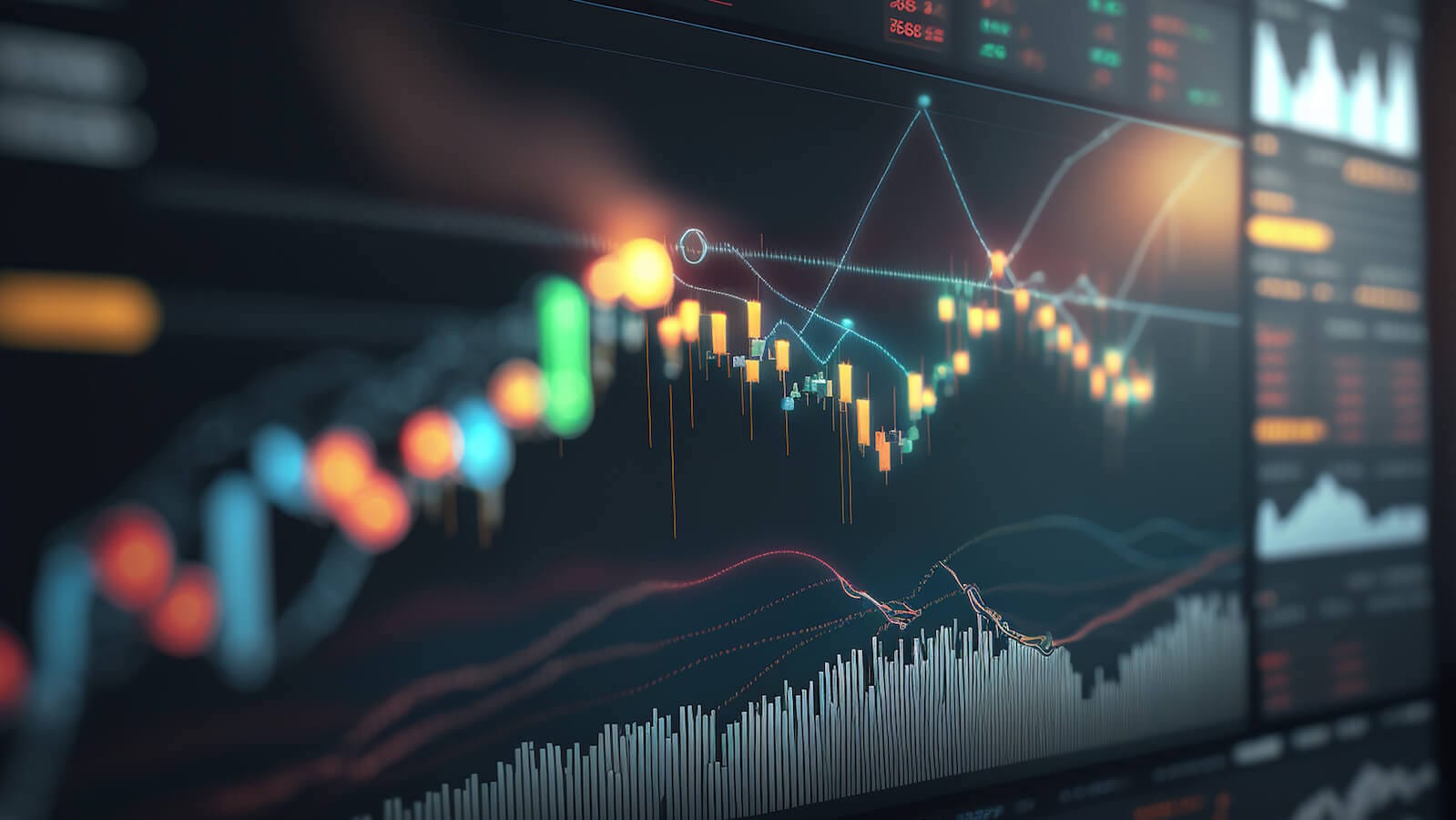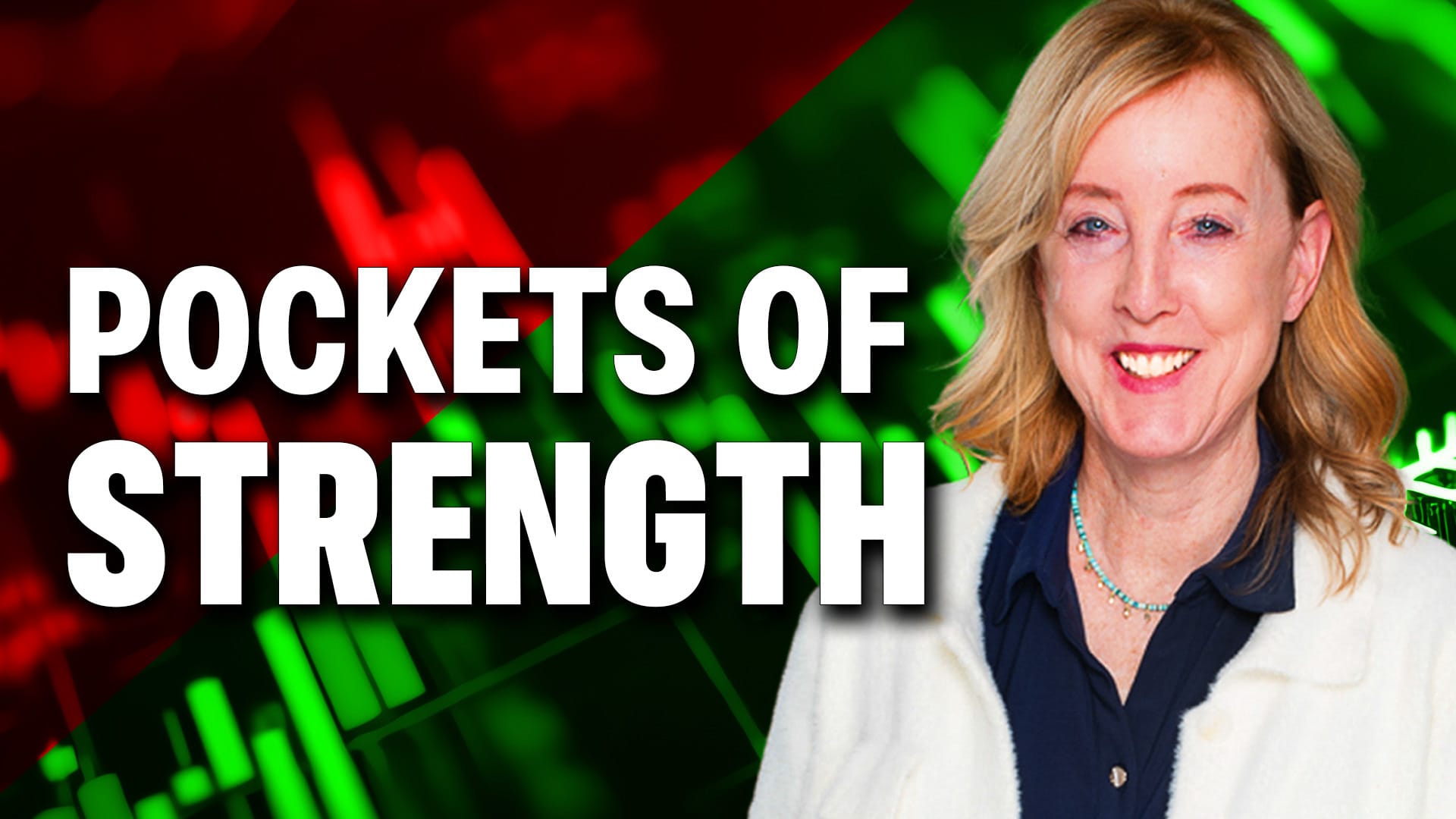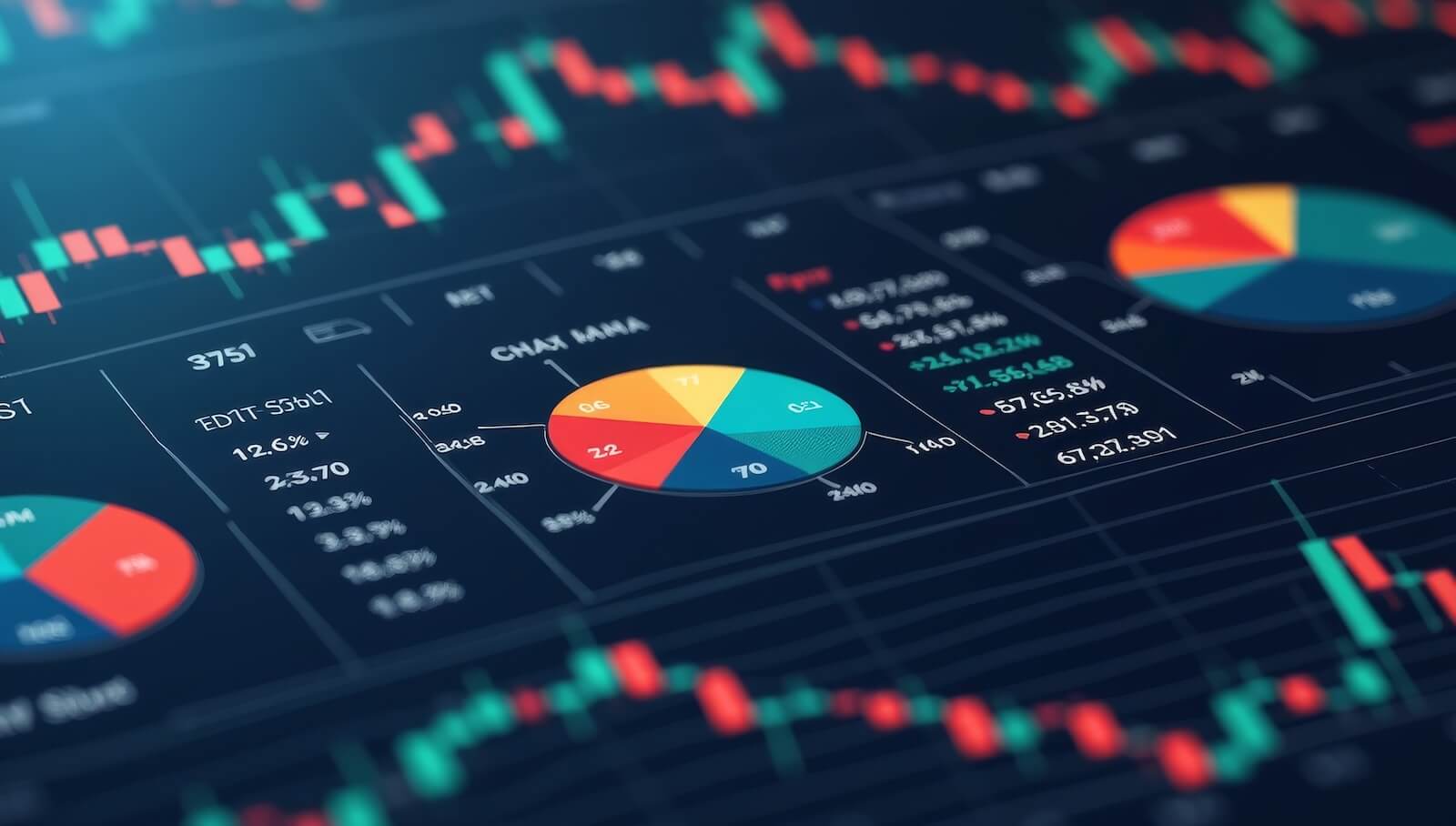AVERAGE DIRECTIONAL INDEX SHOWS AN OVERBOUGHT MARKET IN NEED OF A BREATHER -- THE LAST 5% PULLBACK IN STOCKS WAS FIFTEEN MONTHS AGO -- CONTRACTING BOLLINGER BANDS ALSO HINT AT SOME WEAKENING IN THE MARKET'S SHORT-TERM UPTREND
S&P 500 IS DUE FOR A PAUSE ... There are a number of ways to tell when a market is stretched too far. My January 6 message pointed out that the 14-month RSI for the S&P 500 was the most overbought since the late 1990s (twenty years ago). The message also pointed out that the 14-week RSI had reached the most overbought level since 1958 (sixty years ago). Most other technical measures suggest that this is one of the most overbought stock rallies in history. Chart 1 will show another indicator that suggests that the market is both stretched and due for a pause. The black line is the Average Directional Index (ADX) line which determines the strength of a current trend. [The ADX is a smoothed version of the difference between the other two lines]. The green line is a measure of buying power over the last 14 days (+Directional Index). The red line measures 14-day selling pressure (-Directional Index). A uptrend is in place as long as the green line is above the red line which has been the case since last September. A cautionary note is signalled, however, when the black ADX line crosses above the green line. That's usually a sign that the market is stretched too far. The fact that the green and black lines have started to weaken is a sign that the market may be due for a pause. I might add that both the black and green lines are at extremely elevated levels. [See Average Directional Index (ADX) in ChartSchool for a more in-depth explanation of how the three lines are constructed and interact].

(click to view a live version of this chart)
Chart 1
A PULLBACK APPEARS OVERDUE ... It's been a long time since the market experienced any notable pullback. The blue line in Chart 2 shows the last 10% correction taking place near the end of 2015 and ending at the start of 2016 (two years ago). Chart 3 shows the last 5% pullback taking place during the autumn of 2016 (fifteen months ago). The red line in Chart 3 shows the last 3% pullback taking place during March 2017 (ten months ago). That long a time without a pullback is highly unusual. This week's 2% pullback is the first one since last August. All of which suggests that the market uptrend is in need of some type of a breather.

(click to view a live version of this chart)
Chart 2

(click to view a live version of this chart)
Chart 3
BOLLINGER BANDS ARE STARTING TO CONTRACT ... The blue lines superimposed on the daily S&P 500 bars in Chart 4 are Bollinger Bands. The two outer bands are placed two standard deviations above and below a 20-day moving average (middle line). The SPX hasn't touched its 20-day average since last November. A drop to that initial support line (currently at 2794) would be a pullback just shy of 3%. The last time the SPX touched the lower band was also last November. A pullback to that lower support line would be closer to 5%. That would also bring the SPX back to its 50-day moving average (not shown) which hasn't been touched since last November as well. The black line on top of Chart 4 plots the "width" between the two Bollinger bands and is starting to contract. That could be a sign that the current uptrend is weakening a bit. That means that the two Bollinger Bands are starting to contract. That usually occurs when an overbought market enters a sideways consolidation or a market pullback. And I suspect that the main catalyst causing such a market pause could be the surge in the 10-year Treasury bond yield to the highest level in nearly four years.

(click to view a live version of this chart)
Chart 4
CBOE VOLATILITY INDEX REACHES FIVE-MONTH HIGH ... Another sign that investors may be getting a little more defensive is this week's bounce in the CBOE Volatility (VIX) Index to the highest level since last August. That, however, is still well below the previous peaks formed last August and April when the VIX rose to 16. So far, its modest rise doesn't pose a serious threat to the market's uptrend. It would take a rise above 16 to signal more serious profit-taking.











